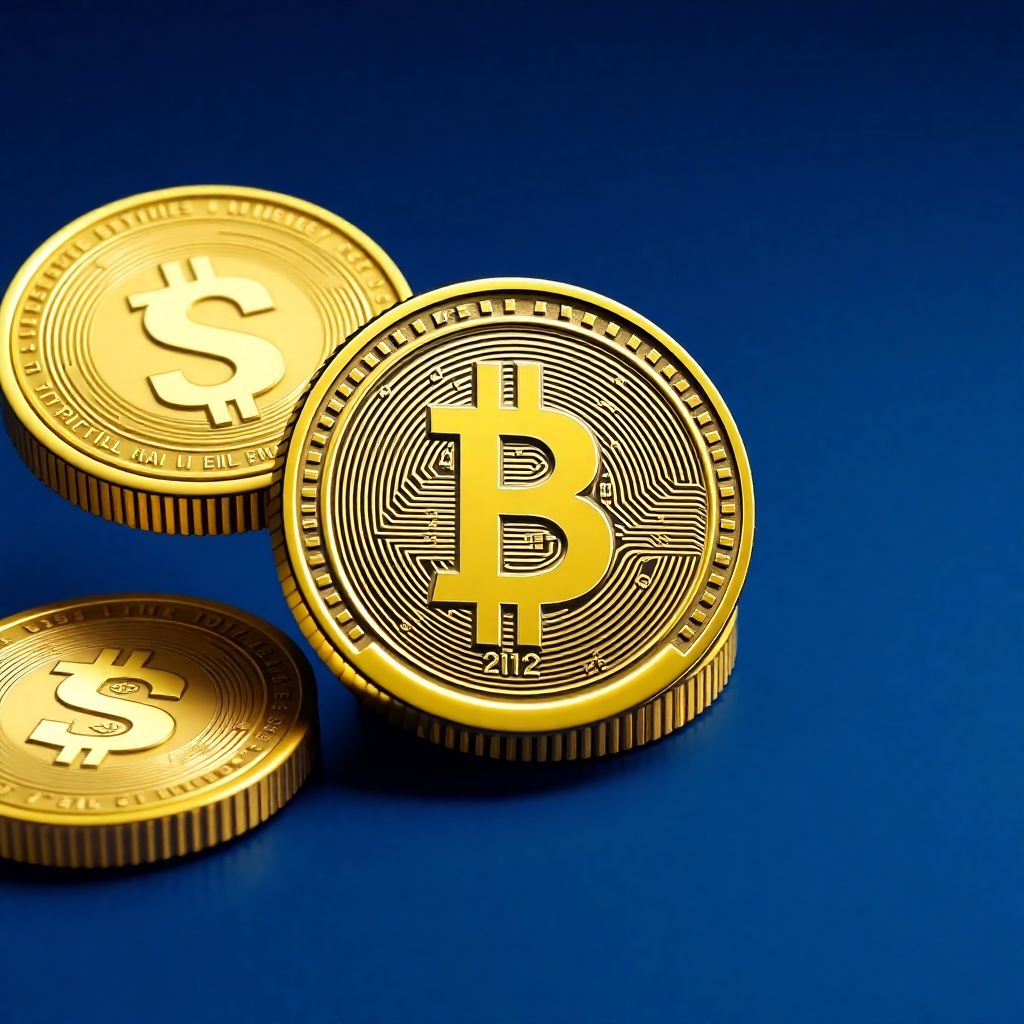Citigroup has entered into a strategic collaboration with cryptocurrency exchange Coinbase to pilot the use of stablecoins for institutional payments, signaling a significant shift in how traditional financial institutions are embracing blockchain-based technologies. The move highlights Wall Street’s increasing interest in digital assets, particularly as stablecoins—cryptocurrencies pegged to fiat currencies like the U.S. dollar—gain traction as efficient tools for cross-border and programmable payments.
The partnership is part of Citi’s broader initiative to modernize its digital payments infrastructure. By leveraging Coinbase’s blockchain expertise, Citi aims to create a seamless bridge between fiat currencies and digital assets, offering clients greater speed, transparency, and flexibility in how they move money. Initially, the collaboration will focus on streamlining fund transfers between traditional bank accounts and blockchain networks, with future plans to support on-chain stablecoin transactions.
Debopama Sen, Citi’s global head of payments, emphasized the growing demand among corporate clients for programmable payments and 24/7 settlement capabilities. She noted that clients increasingly expect financial services that offer conditional payment options, real-time settlement, and interoperability across platforms. “Stablecoins are poised to become a foundational element of the digital payments landscape, enabling new functionalities and efficiencies for our clients,” Sen remarked.
Citi’s optimism about stablecoins is underscored by its recent market projections. The bank anticipates that the stablecoin market could balloon to $4 trillion by 2030, a dramatic increase from its current valuation of approximately $315 billion. This forecast reflects a growing consensus within the financial industry that tokenized dollars will play a pivotal role in the evolution of global finance.
The push toward stablecoin adoption follows the passage of the GENIUS Act in the United States earlier this year. Set to take effect in 2027, the legislation establishes a comprehensive regulatory framework for stablecoins, providing legal clarity and encouraging traditional financial institutions to explore digital asset solutions. The Act has galvanized major banks to accelerate their efforts in adopting blockchain-based payment systems.
Citigroup joins a growing list of Wall Street giants—including JPMorgan Chase and Bank of America—actively developing stablecoin-related services. Even JPMorgan CEO Jamie Dimon, a long-time critic of cryptocurrencies, has acknowledged the bank’s intent to engage with stablecoin technology, signaling a broader institutional shift toward digital assets.
Investor sentiment is also on the rise. Earlier this year, Circle—the issuer of USDC, the second-largest stablecoin by market cap—went public in a highly anticipated IPO. The company’s stock surged 167% on its first day of trading, pushing its market capitalization to around $35 billion. The market’s reaction underscores strong investor confidence in the future of regulated, dollar-backed stablecoins.
As stablecoins continue to gain legitimacy, they are being considered not just as speculative assets but as practical tools for real-world financial applications. From supply chain financing to international payroll systems, stablecoins offer a faster, cheaper alternative to traditional banking rails, especially in emerging markets where access to financial services remains limited.
Moreover, the integration of smart contract functionality into stablecoin platforms opens the door to complex, automated payment flows. Businesses can set up conditional transactions—such as releasing funds upon receipt of goods or services—without relying on intermediaries, reducing operational risks and costs.
Citi’s collaboration with Coinbase also reflects an important trend: the merging of traditional finance (TradFi) with decentralized finance (DeFi). By working with established crypto platforms, large financial institutions can gain exposure to blockchain innovation while maintaining regulatory compliance and client trust. This hybrid model could become the dominant architecture of future financial ecosystems.
Another key advantage of stablecoins is their potential to enhance financial inclusion. By providing a stable digital currency that doesn’t require a traditional bank account, stablecoins can offer unbanked populations access to the global economy. Mobile wallets and blockchain-based apps can facilitate peer-to-peer transactions, remittances, and savings, all without the need for brick-and-mortar infrastructure.
As Citi moves forward with its pilot program, industry observers will be watching closely to see how the bank navigates technical, regulatory, and operational challenges. Success in this initiative could pave the way for broader adoption of stablecoin-based payment systems across the financial sector.
In summary, Citi’s partnership with Coinbase marks a crucial step toward mainstream adoption of stablecoins by institutional players. With regulatory clarity on the horizon and technological infrastructure maturing rapidly, stablecoins are no longer on the fringe—they are becoming integral to the future of global payments. As the digital economy evolves, the convergence of blockchain and traditional finance will likely redefine how value is exchanged across borders, industries, and asset classes.

